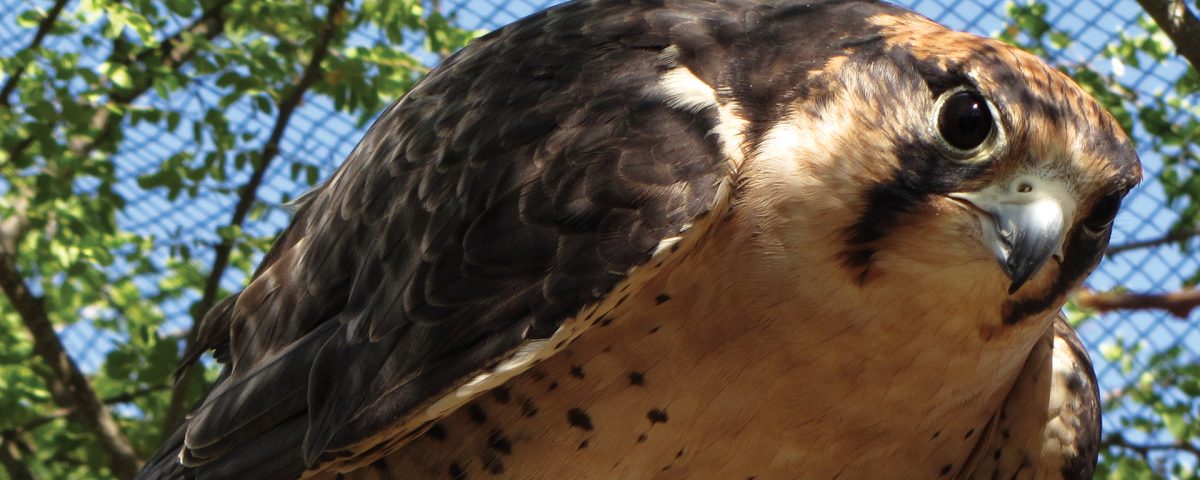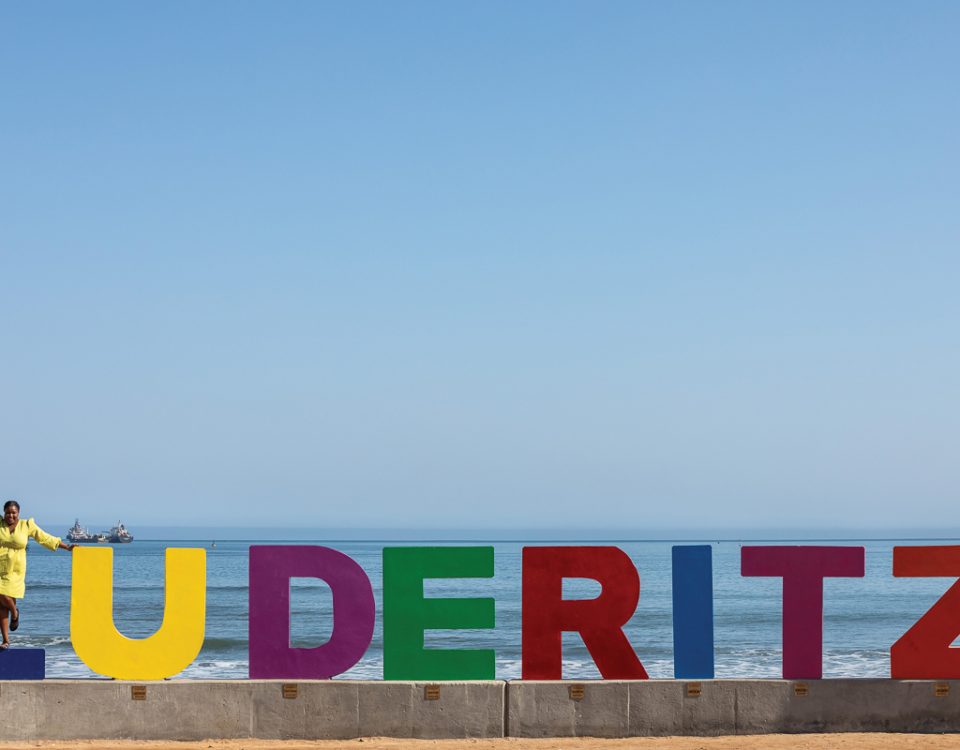
CYMOT Ultimate Adventure – Finding Donkerkloof
June 27, 2016
Recycling in Namibia
June 29, 2016The Namibia Animal Rehabilitation, Research and Education centre (NARREC) is an organisation based on the outskirts of Windhoek, providing relief to rescued animals that have been injured, orphaned or in some way displaced. Founded by Liz Komen, a qualified veterinary nurse, NARREC has facilities to accommodate a large variety of bird species, especially predators, and to provide hospitalisation and rehabilitation to small mammals.
T here is a continual need for solutions when it comes to people living with wildlife on a daily basis. The problem may be barn owls in the chimney, African hawk eagles harassing domestic chickens, juvenile goshawks terrorising aviaries, cats catching birds, chicks that have fallen out of nests or neighbours using poison and pesticides to kill so called “problem animals”, such as jackal.
Members of the general public often take the first step to rescue an injured, orphaned or misplaced wild animal, after which NARREC provides relief to both the rescuer and the animal by offering informed solutions and professional care to those animals that have been strong enough to survive whatever mishaps they have suffered.
Birds the most frequent victims
The greatest number of injured wild animals found are birds. NARREC’s facilities are developed to accommodate a wide variety of species, especially birds of prey. The facilities also provide hospitalisation and rehabilitation to a variety of small animals. A large percentage of injured animals that are victims of car collisions are rescued throughout the year, with peak times during the summer months when migratory species converge in Namibia.
Orphaned and presumed orphaned birds are also brought in throughout the year, with peak periods for seed-, fruit- and insect-eating birds and small falcons in the summer, and owls and larger species in the winter.
NARREC’s care facilities consist of a nursery, hospital and recuperation space, flight and exercise aviaries and hacking (release) aviaries. Qualified para-veterinary personnel, who have an ethic to release professionally-assessed health wild animals back to nature, manage all the veterinary, husbandry, rehabilitation and release programmes in cooperation with private veterinarians, the Ministry of Environment and state veterinary laboratories.
Prevention is better than cure
Education, a vital part of wildlife rehabilitation, provides far greater potential to ensure the safety of wildlife than hands-on rehabilitation. With this powerful tool in mind, NARREC offers assistance to members of the public, particularly those who care about and are concerned for the environment. NARREC’s information centre provides knowledge on specific species, their natural histories and about living in a finite environment. A holistic approach to daily routines provides visitors with information on alternative working solutions to the following:
- Water conservation, as in catchment of rain water in ground dams, reservoirs and storage tanks;
- Energy utilisation, e.g. solar and wind energy, solar heating and fuel-efficient stoves; and
- Health and self-sustaining living, e.g. compost making, organic gardening, and poultry management.
Environmental subject material targets pre-primary, secondary and tertiary pupils. Subjects range from general environmental themes to specific species identification, natural history and animal husbandry related topics. A number of foreign visitors are taken on a tour of NARREC every year. these are usually groups with a specific interest in birds or environmental education. University students are accommodated for the practical requirements of courses in veterinary and environmental studies.
Ambassadors for the environment
A number of permanently-housed “ambassadors” for the environment enhance NARREC’s education centre, providing Namibian learners with practical or field experience on subjects they have been exposed to in the classroom. the “ambassadors” are indigenous animals assessed unfit for rehabilitation and release. They comprise a range of eagles, owls, falcos and other bird species housed in large, naturally furnished aviaries. An extensive rodent and insect-breeding programme helps feed the resident animals. These rodents and insects are also used in the education programme on life processes, development and the food chain.
NARREC’s facilities and expertise are used by youth groups to complete community service programmes and to assist in providing, developing and directing information on environmental subject material, as well as for presenting environmental competitions in Namibia.
Outings for adventurous student groups are offered in the shape of 14 kilometers of walking and mountain-bike trails and a primitive campsite. These excursions provide students with the opportunity to develop geographical skills in map reading and habitat recognition, and have an enormous potential for developing respect and compassion toward the environment through content-based fun.
Beside maintaining high standards of veterinary care and husbandry practice, NARREC is concerned with the national approach to captive wild animals. Captive wildlife is used for purposes of research and education and tourism, as well as by the film industry and for general recreation. Due to the commercial potential of captive wildlife, there is continual application for permits to hold various species. These applications require professional assessment on various levels. In this regard NARREC has put forward a well-researched document to assist in the instituting and monitoring of minimum standards for captive wild animals. Queries from applicants who wish to start a rehabilitation or education facility holding wild animals are referred to NARREC for consultation on captive wildlife management and husbandry.


Ongoing projects
The pangolin, Manis temminckii, used for traditional medicine both here and on other continents, is an indigenous red data species (“red data” meaning “of conservation concern”) and frequently the victim of illegal trafficking. Over the past number of years NARREC has provided a coordinated rescue, assessment and release programme for pangolins. The pangolin programme is managed in cooperation with the Protected Resources Unit of the Ministry of Environment, private veterinarians, specialised facilities for medical imaging and private game farmers. To assist with illegally trafficked species coming from other countries, NARREC’s facilities are recognised by CITES.
NARREC’s vulture restaurant supports White-backed and Lappet-faced vultures about once a week and also has supplemented the diet of a pair of Tawny eagles in the past. This restaurant operates in cooperation with the Directorate of Veterinary Services.
Use of poisons and pesticides
The use of poison for predator control in Namibia, with the cooperation of MAWRD, has been examined and a combined effort has been made to address a number of issues and needs concerning poison use. NARREC has initiated a national programme to address awareness about responsible use of poisons and pesticides.
This advocacy work has resulted in policy changes on the importation, legal prescription and dispensing of poison for predator control. In addition, many informative resources on poisons, pesticides, livestock predators and birds of prey have been distributed free of charge.

This article was first published in the Conservation and the Environment in Namibia 2001 issue (information has been adapted accordingly).


